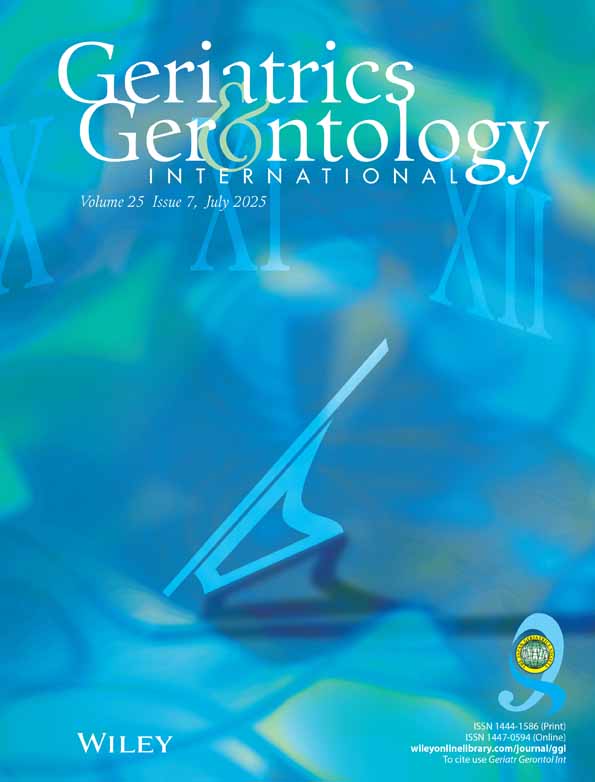Comparative analysis of the maximal respiratory pressure and peak expiratory flow rate in diagnosing probable respiratory sarcopenia – The Otassha Study
Abstract
Aim
The availability of diverse assessment methods, based on different devices and conditions, for respiratory sarcopenia is crucial for developing community health initiatives. Thus, in this study, we aimed to compare the concordance in diagnosing respiratory sarcopenia based on the maximal respiratory pressure (MRP) and peak expiratory flow rate (PEFR), which are specific indicators of respiratory-muscle strength, in a community-dwelling older adult population.
Methods
In the Otassha Study conducted in 2023, 499 community-dwelling adults aged >65 years in Itabashi Ward (184 men and 315 women) were evaluated for MRP, PEFR, walking speed, grip strength, and appendicular skeletal muscle mass (ASM). We determined two respiratory-sarcopenia models using low skeletal muscle mass and low MRP/PEFR (both <80% for predicted values). Pearson correlation coefficients were used to compare each measurement; the agreement between respiratory sarcopenia diagnosed using low MRP and PEFR was evaluated using kappa coefficients (κ).
Results
PEFR was correlated with MRP (maximal expiratory pressure: r = 0.415; maximal inspiratory pressure: r = 0.380; P < 0.01, respectively). A moderate level of agreement was found between respiratory sarcopenia diagnosed using MRP and that diagnosed using PEFR (κ = 0.597, match rate = 87.2%), suggesting a fair consistency level between the methods.
Conclusions
Although PEFR had a moderate correlation with MRP, the concordance of respiratory sarcopenia diagnosed using the two methods was moderate, suggesting that the two approaches are partially interchangeable and are complementary. The findings showed that PEFR, proposed as an alternative to MRP, is valid for diagnosing respiratory sarcopenia, supporting its role as an alternative to the gold standard for evaluating respiratory-muscle strength. Geriatr Gerontol Int 2025; ••: ••–••.
Open Research
Data Availability Statement
Research data are not shared.




